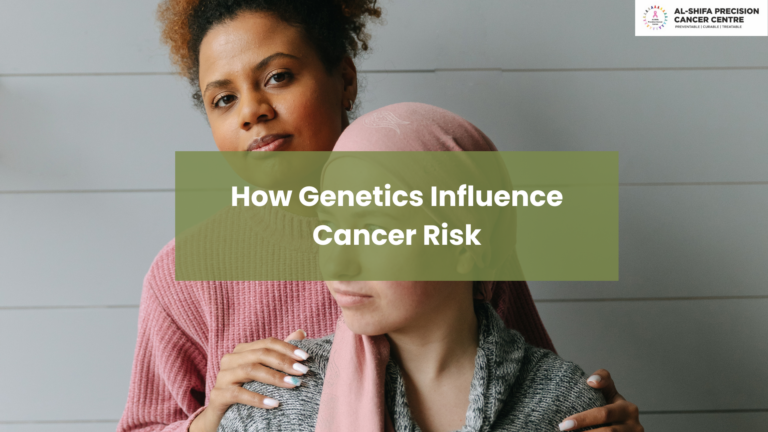As an oncologist, I often encounter patients who are confused about the terms precancerous conditions and stage zero cancer. These terms refer to early changes in the body that have the potential to develop into cancer but are not yet invasive. Recognizing these conditions can be life-saving, as they provide an opportunity for early intervention and prevention. Let’s explore what these conditions mean, their causes, and how you can take proactive steps toward managing your health.
What Are Precancerous Conditions?
A precancerous condition refers to abnormal changes in cells that may develop into cancer if left untreated. These changes often occur in areas like the cervix, skin, colon, or mouth. While not all precancerous cells become cancerous, they serve as warning signs, urging us to act swiftly.
Common examples of precancerous conditions include:
- Cervical Dysplasia: Abnormal changes in cervical cells often detected during a Pap smear.
- Colon Polyps: Small growths in the colon lining, some of which can turn cancerous over time.
- Actinic Keratosis: Rough, scaly patches on the skin caused by sun damage, which may progress to skin cancer.
What Is Stage Zero Cancer?
Stage zero cancer, also known as carcinoma in situ (CIS), represents the earliest form of cancer. At this stage, abnormal cells are confined to their place of origin and have not invaded nearby tissues. While it’s not life-threatening at this point, stage zero cancer requires prompt treatment to prevent progression.
For instance:
- Ductal Carcinoma in Situ (DCIS): A non-invasive breast cancer where abnormal cells are confined to the milk ducts.
- Stage Zero Cervical Cancer: Abnormal cells limited to the surface layer of the cervix.
What Causes Precancerous and Stage Zero Changes?
Several factors contribute to the development of precancerous conditions and stage zero cancer:
- Genetic Predisposition: Family history of cancer increases risk.
- Lifestyle Factors: Smoking, alcohol consumption, and a poor diet can damage cells.
- Chronic Infections: HPV, Hepatitis B or C, and Helicobacter pylori are known risk factors.
- Environmental Exposure: Prolonged exposure to UV rays, chemicals, or radiation can cause cell damage.
Early Detection and Prevention
- Screening Tests: Regular screenings like Pap smears, mammograms, colonoscopies, and skin checks help detect abnormal changes early.
- Healthy Lifestyle: Maintain a balanced diet rich in fruits, vegetables, and whole grains, and stay active.
- Avoid Risk Factors: Quit smoking, limit alcohol intake, and use sunscreen to protect your skin.
- Vaccinations: Vaccines like HPV can prevent infections that lead to certain cancers.
Treatment Options
Treatment for precancerous conditions or stage zero cancer varies depending on the type and location. Common approaches include:
- Surgical removal of abnormal cells or tissues.
- Localized therapies like cryotherapy (freezing abnormal cells) or laser treatments.
- Medications or topical treatments for specific conditions.
Final Thoughts
Precancerous conditions and stage zero cancer are not a death sentence—they are a second chance. By staying vigilant, undergoing regular check-ups, and making healthy lifestyle choices, you can significantly reduce your risk. If you’ve been diagnosed with a precancerous condition or stage zero cancer, consult a specialist to explore your options. Early action is the best defense against cancer.
Remember, your health is in your hands, and prevention is always better than cure. Stay informed, stay proactive, and stay healthy!



